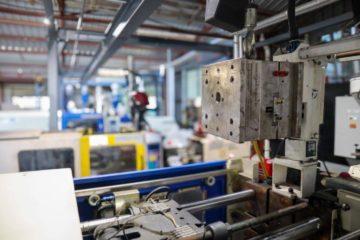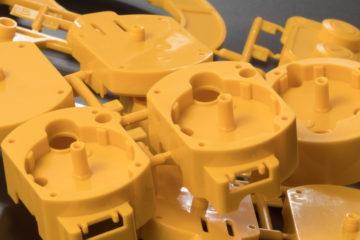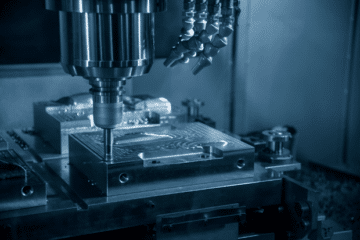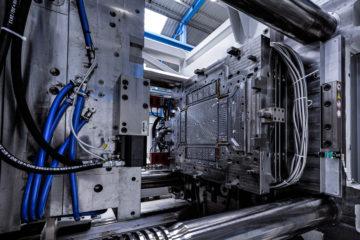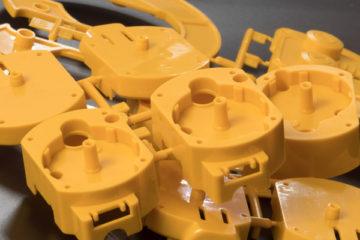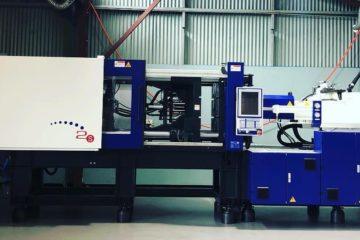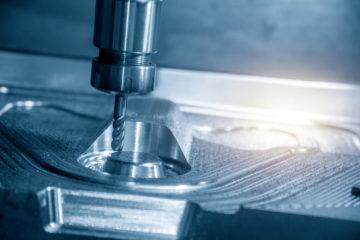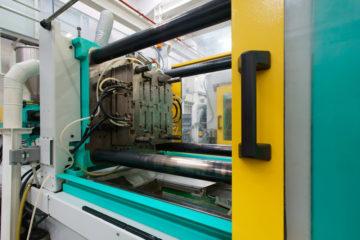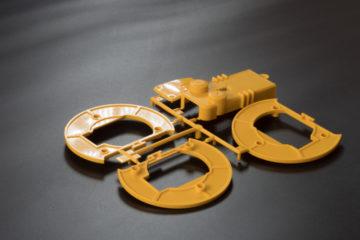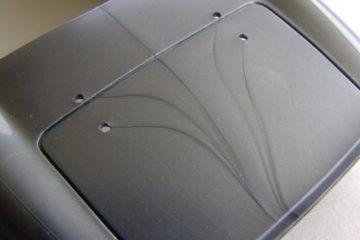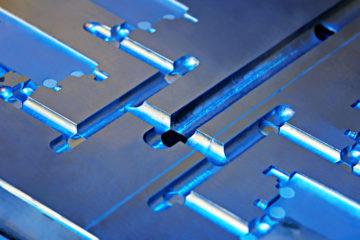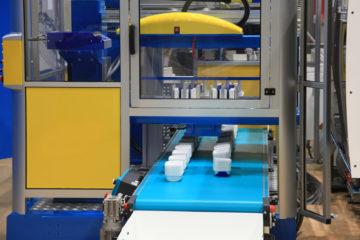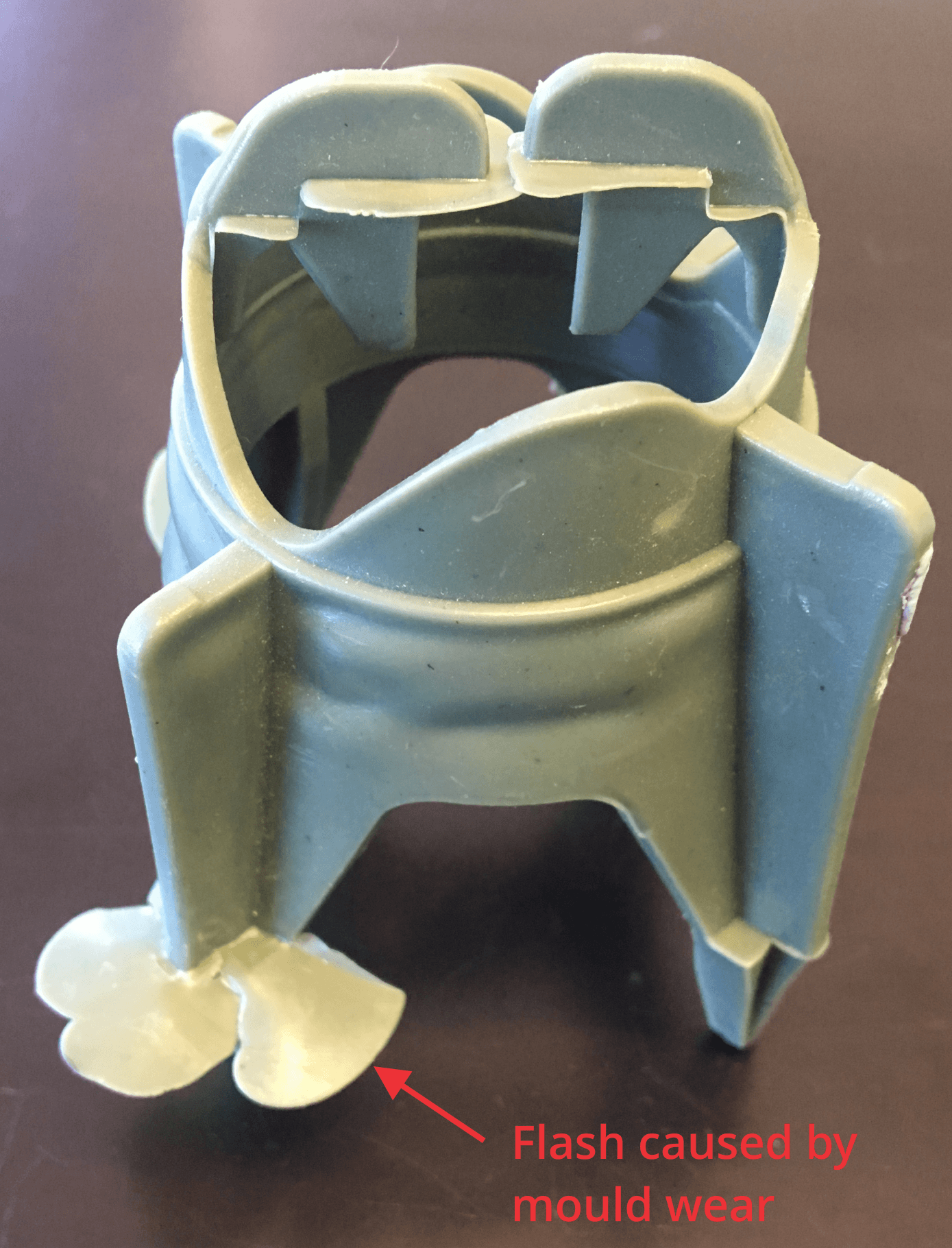
Flashing is one of the most common flaws found in injection moulded parts. Flash is fine, feathery sections that stick out from a finished part, usually at right angles to the wall section they connect to.
What causes it?
Sneaky plastic, that’s what.
Technically, flash is plastic that has escaped from the mould cavity along a parting line in the mould.
During injection moulding, the two halves of the of a mould come together. The injection moulding machine will then clamp them together with many tons of force. Plastic is then squired into the mould, and “packed in” at very high pressures.
That high pressure is both the both the blessing and the curse of injection moulding. High pressures allow very fine details to be created, because the plastic can be forced into very small features. Surface finishes are also pressure sensitive, and generally come out better the higher the pressure used.
The down side is that under high pressure plastic will squeeze into every tiny nook and cranny in the mould, even ones that are not supposed to be there. Plastic can sneak down gaps that are as small as 0.05mm wide. This means if the parts of a mould that are meant to seal plastic in (known as “shutoff faces” to toolmakers) are not perfectly machined, plastic will escape and cause flashing.
These gaps do not have to be caused by poor mould construction. Moulds that are not properly maintained will wear, and faces that previously sealed can begin to flash. Less commonly, flashing can be caused in even a perfect mould where the part being created it too big for the moulding machine used. It comes back to pressure. If filling the mould cavity creates more pressure pushing the mould open than the moulding machine can exert to keep it closed, plastic will escape.
How to avoid it?
The good news is that flashing can be removed by tool maintenance, paired with careful moulding.
Flashing faces can often be repaired. Lowering injection pressures can also reduce flashing, but other moulding parameters must be carefully considered to keep the part within customer specifications.
Subscribe to Our Newsletter
Get the latest news from Dienamics into your inbox





